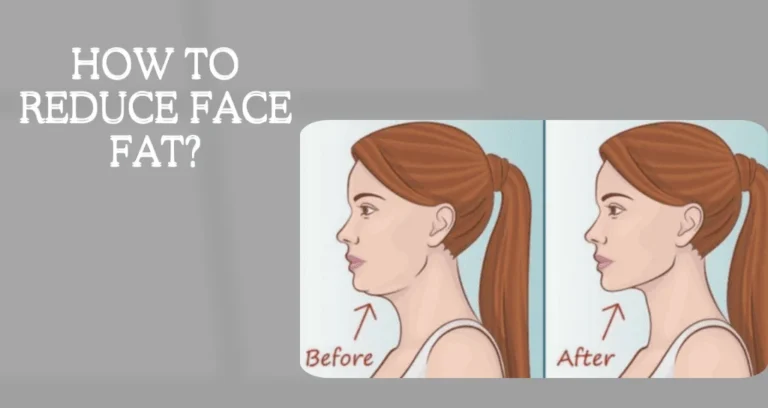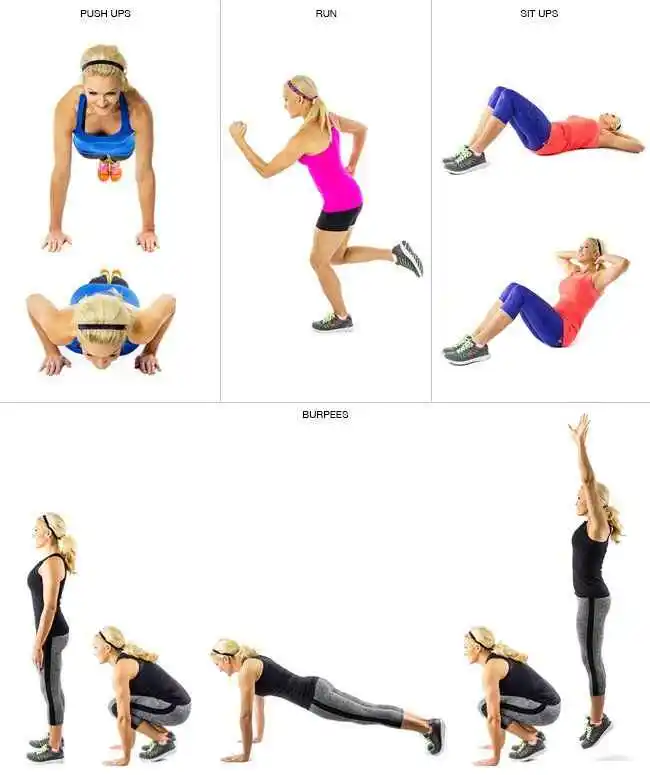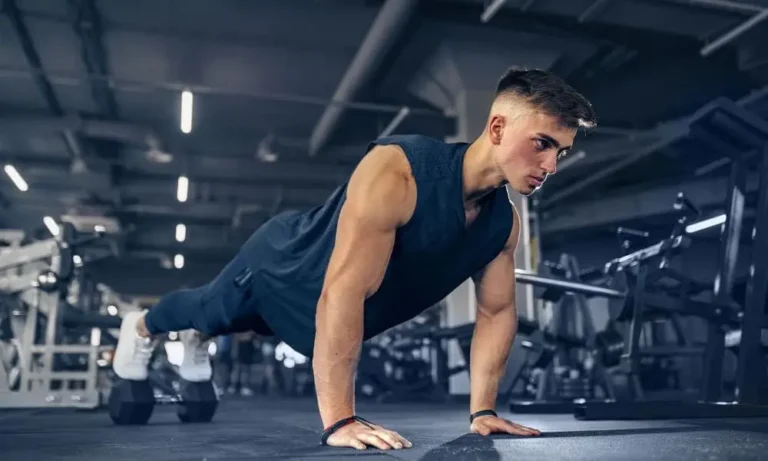Weight-Bearing Exercise
What is a Weight-Bearing Exercise?
Weight-bearing exercises are physical activities that require your body to work against gravity while staying upright. These exercises help strengthen bones, improve balance, and enhance muscle endurance by stimulating bone growth and increasing bone density.
Examples include walking, running, dancing, and resistance training like weightlifting. They are particularly beneficial for preventing osteoporosis and maintaining overall musculoskeletal health.
Exercises involving weight bearing provide advantages beyond merely increasing muscle mass. Because they improve posture, balance, and coordination, they are essential for general health and well-being. Furthermore, especially as we age, weight-bearing activities are crucial for preserving bone health and averting osteoporosis.
What are the best ways to strengthen your bones through exercise when you have osteoporosis? Try the Weight-Bearing Exercise to build stronger bones.
To be sure the workout regimen you choose is safe for you, speak with your doctor. Then give these newest fashions a try!
Best Weight-Bearing Exercises:
Squats:
The quadriceps, hamstrings, and glutes are among the leg muscles that are worked during a compound exercise like squats. They also employ their core muscles to be stable and balanced.
Some variations that allow you to target different muscle areas and add some variation to your workout are goblet squats, front squats, and sumo squats.
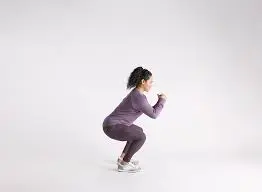
Deadlifts:
The posterior chain—which includes the lower back, glutes, hamstrings, and traps—is the main muscle targeted by deadlifts. They are excellent for improving overall strength and functional fitness.
Since correct form is essential to avoiding injury, it’s crucial to begin with smaller weights and increase the load gradually as you become more proficient.
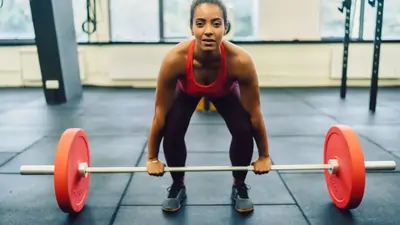
Push-ups:
A traditional bodyweight exercise that tones the triceps, shoulders, core, and chest is the push-up. Experts can still find them difficult, but beginners can join because they can be modified to suit different fitness levels. Different variations can target different areas of the chest and shoulders, such as incline or decline push-ups.
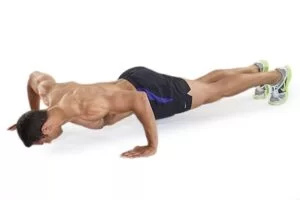
Lunges:
The lunge is another versatile exercise that targets the lower body muscles, including the quadriceps, hamstrings, and glutes. They also use the stabilizing muscles of the core to improve balance and coordination. Lunges can be practiced with just your body weight or with added resistance, such as a dumbbell or barbell.
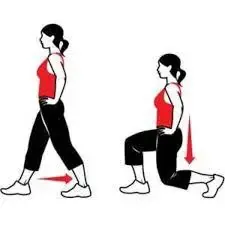
Pull-ups/Chin-ups:
Excellent upper-body workouts that work the latissimus dorsi, rhomboids, and traps are pull-ups and chin-ups. For stability, they also use their arms and core muscles.Start with aided pull-ups using a pull-up machine or resistance bands if you are unable to perform a pull-up.
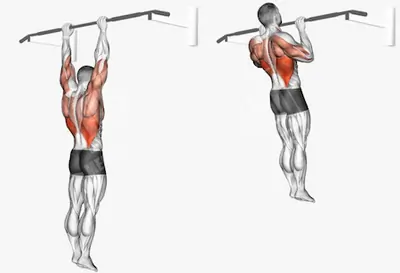
Bench Press:
The bench press, which is a compound exercise that works the triceps, shoulders, and chest, is usually performed with a barbell, but it can also be performed with dumbbells or a Smith machine. Because proper form is crucial in preventing shoulder injuries, it’s important to start with smaller weights and gradually increase the load as you gain proficiency.
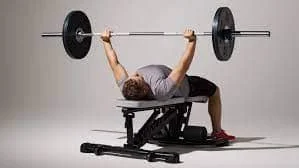
Bent-over Rows:
Bent-over rows target the muscles of the upper back, including the lats, rhomboids, and traps, as well as the biceps and forearms. They are quite effective for improving posture and strengthening the muscles that support the spine. You can do bent-over rows with a cable machine, dumbbells, or a barbell.
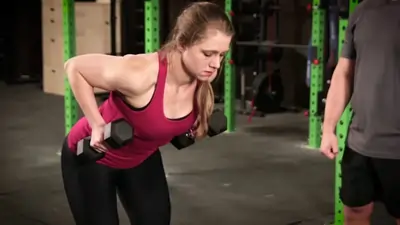
Tai Chi
The soft, flowing motions of tai chi help to enhance coordination and strengthen bones. According to a study that was published in Physician and Sportsmedicine, tai chi can help postmenopausal women lose less bone.
According to tests of bone mineral density, women who practiced tai chi for 45 minutes every day, five days a week, for a year experienced a rate of bone loss that was up to 3.5 times slower than that of non-tai chi practitioners.
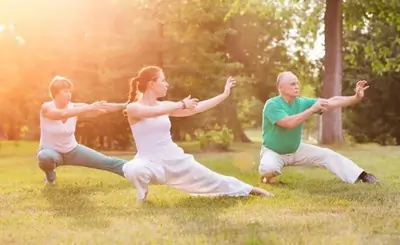
Yoga
Women who regularly practiced yoga had better bone mineral density in their spines, per a study published in the Yoga Journal. Your spine, hips, and wrists have the most risk of breaking. From the athletic, potent Ashtanga to the calm, precise Iyengar style, yoga can help strengthen your bone health in these areas.
Standing postures like Warrior I and II focus on the primary bones of the hips and thighs, while positions like Downward Dog target the wrists, arms, and shoulders. The cobra and locust pose to strengthen the back muscles, which may support the spine’s structural integrity. Yoga also enhances your focus, balance, coordination, and body awareness, all of which lower your chance of falling.
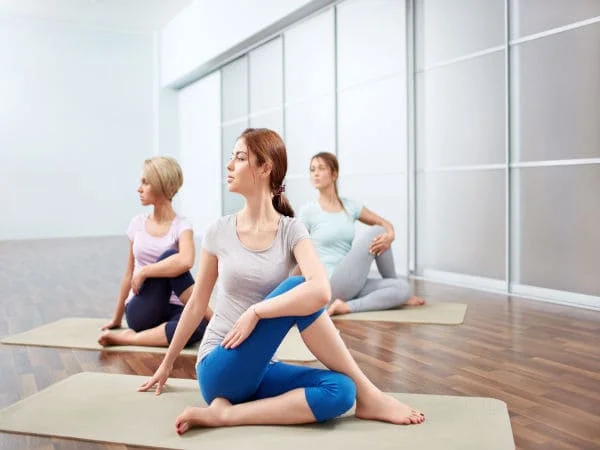
Brisk Walking
This traditional workout is a great way to build bone strength. Walking at a quick pace is excellent, but you can modify it to fit your current fitness level. Walking is free and can be done anywhere, at any time, and even while you’re on the go.
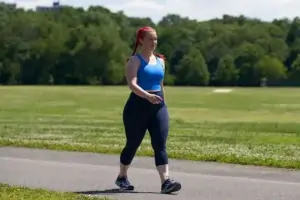
Dancing
You might be a two-legged person. No issue! Even if you’re not Fred Astaire, you might enjoy social dances like the samba, salsa, tango, waltz, or East Coast swing. As an alternative, you could sign up for a mild adult jazz or ballet class.
Zumba or another dance-inspired aerobics class at your gym can be something that gets you moving. These days, a lot of them combine strength training with step or dance motions, which is good for your balance.
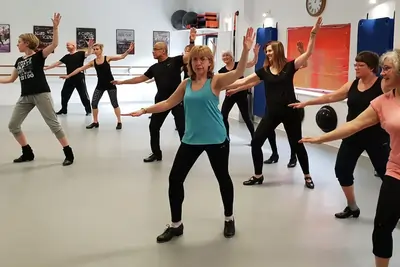
Hiking
You’ll get some low-impact weight-bearing workout while enjoying the beautiful outdoors on your next hike. Bone density can be increased, particularly in the hips, by the strain of bearing weight and the impact of your feet hitting the floor. It will have a far bigger impact on those bones whether you’re going uphill or downhill. Increased impact on your legs and feet results in greater bone density.
Additionally, hiking rarely causes boredom. You can meet new people and discover new locations by joining a hiking group.

Benefits of Weight-Bearing Exercise
There are several advantages to these workouts for general health and well-being:
Bone Health:
Exercises involving weight bearing improve bone strength and lower the risk of osteoporosis. The body strengthens and lowers the risk of bone fractures by increasing bone density in response to stress.
Muscle Strength and Endurance:
Weight-bearing exercises improve physical strength and endurance by working many muscle groups. This has two advantages: it improves overall physical performance and functional abilities in daily chores.
Joint Health:
Exercises involving weight bearing improve range of motion, flexibility, and joint stability—all of which support the preservation of joint health. This could reduce the likelihood of mishaps and alleviate the symptoms of ailments like osteoarthritis.
Metabolic Health:
Weightlifting exercises promote fat loss and increase insulin sensitivity, both of which enhance metabolic health. Regular participation in these activities can help control weight and reduce the risk of metabolic illnesses like type 2 diabetes.
Cardiovascular Health:
Hiking, stair climbing, and running are just a few of the weightlifting activities that increase heart rate and build cardiovascular endurance. Heart health is also promoted by strengthening the heart muscle, increasing blood circulation, and lowering blood pressure.
Mental Well-being:
Weight-bearing exercise releases endorphins, which are neurotransmitters that promote happiness and lessen stress and anxiety. Frequent exercise is also connected to a lower probability of depression and increased cognitive performance.
Balance and Coordination:
Weight-bearing exercises that challenge balance and coordination, like yoga and some resistance training regimens, improve proprioception and spatial awareness. This reduces the likelihood of falls and increases overall stability.
Functional Fitness:
Because weight-bearing exercises mimic real-world behaviors, they are especially helpful for improving functional fitness. This leads to improved performance in daily activities such as carrying groceries, climbing stairs, or playing sports.
Longevity:
Regular weight-bearing activities have been associated with longer lifespans and a lower risk of dying young, according to research. The many benefits of improved cardiovascular fitness, muscle strength, bone health, and overall well-being lead to a longer and healthier life.
Precaution if you have Osteoporosis
If you already have osteoporosis (thinning of the bones), take these precautions when working out:
Because you are more likely than usual to sustain a fracture, you should exercise caution when participating in any sport that puts you at risk of serious falls, such as downhill skiing, ice skating, or inline skating.
If you have thinner bones in your spine, you may want to stay away from deep backbends in yoga.
Again, consult your physician before starting a new exercise program, especially if you are taking any medications that may affect your balance or coordination.
Have patience. The young adult bone-building phase lasts three to four months at its quickest; it may take considerably longer if you have osteoporosis or are older. As a result, no discernible gains in bone density will be seen after your first week of activity. Bones alter, but they change gradually.
The ideal weight-bearing activity is ultimately one that you can do safely, effectively, and enjoy. By including a range of exercises in your regimen, you can make sure that you work all of your key muscle groups and prevent your fitness progress from plateauing.
If you have any underlying health conditions or are new to weight-bearing exercises, you should also speak with a physical therapist, fitness specialist, or personal trainer.
FAQs
What is a weight-bearing exercise?
Weight-bearing aerobic exercises are aerobic exercises performed on your feet while your weight is supported by your bones. Walking, dancing, gardening, elliptical exercise equipment, low-impact aerobics, and stair climbing are a few examples.
What is a weight-bearing exercise sample?
Aerobic activities can also include weight-bearing workouts. Imagine engaging in any sport that requires you to be on your feet and defy gravity, such as dancing, pickleball, basketball, sprinting, or walking.
How can I improve my weight-bearing?
Choosing Weight-Bearing Exercise
Running.
Walking.
Weight-lifting.
Hiking.
Strength training (such as push-ups, lunges, squats)
Tennis.
Climbing stairs.
Jumping rope.
Is walking a good weight-bearing exercise?
Despite being a weight-bearing activity, walking does not affect balance, muscle strength, or bone health. Walking, however, might be a safe method to add some exercise to the lives of those who are otherwise sedentary.
References:
- Taylor, R. B. (2024, October 20). 8 workouts for stronger bones. WebMD. https://www.webmd.com/osteoporosis/features/exercise-weight-bearing
- Dhameliya, N. (2024, February 11). 12 Best Weight-Bearing Exercise – Benefits, Precaution. Physical Therapy Treatment and Exercise. https://physical-therapy.us/weight-bearing-exercise/
- Bariya, D. (2023, May 30). weight-bearing exercises for osteoporosis at home Archives – Mobile Physiotherapy Clinic. Mobile Physiotherapy Clinic. https://mobilephysiotherapyclinic.in/tag/weight-bearing-exercises-for-osteoporosis-at-home/




